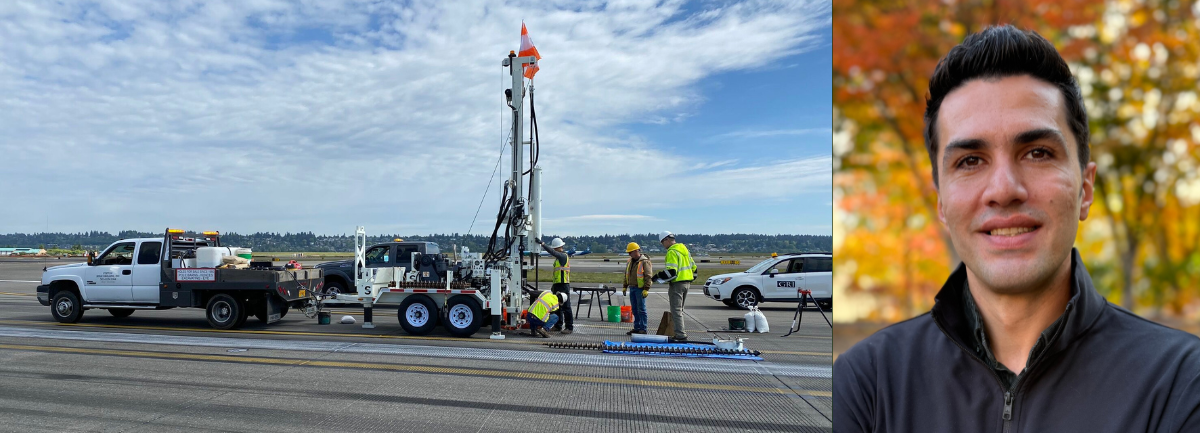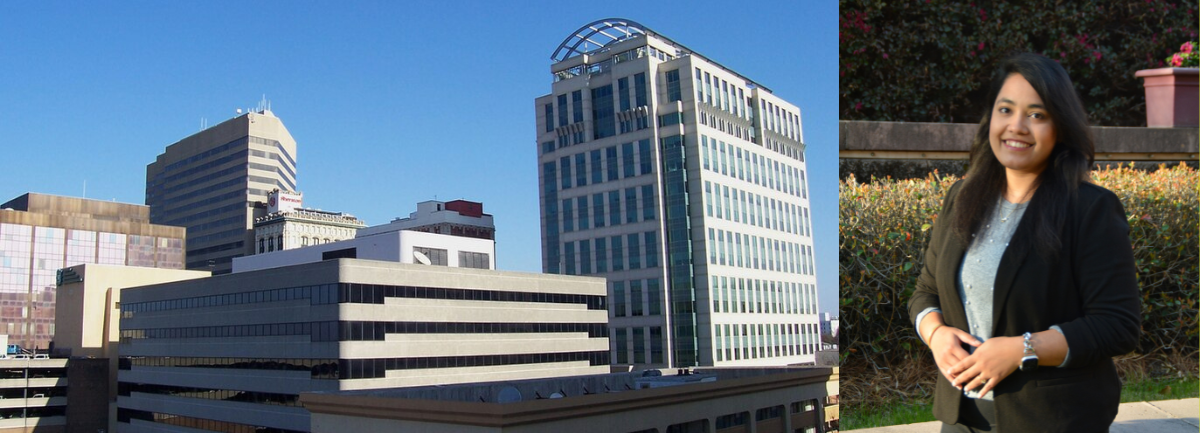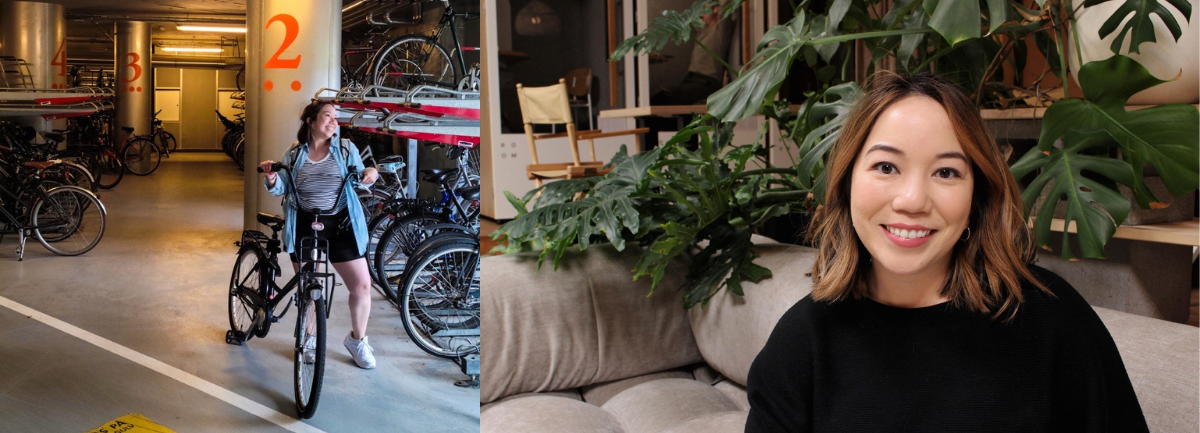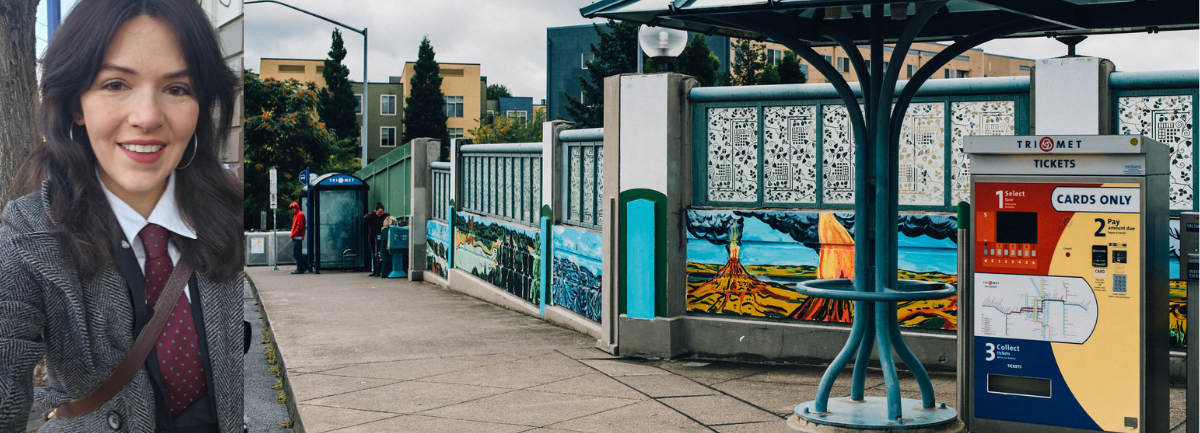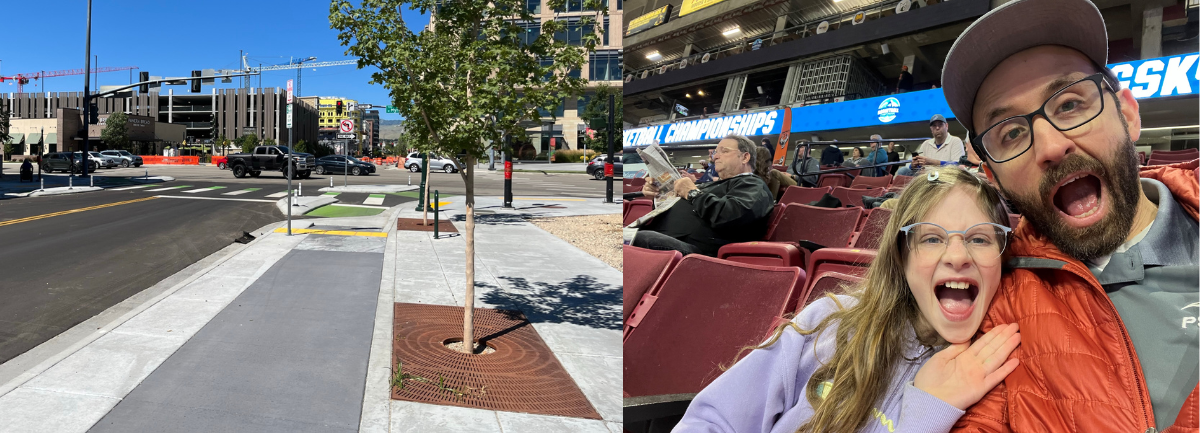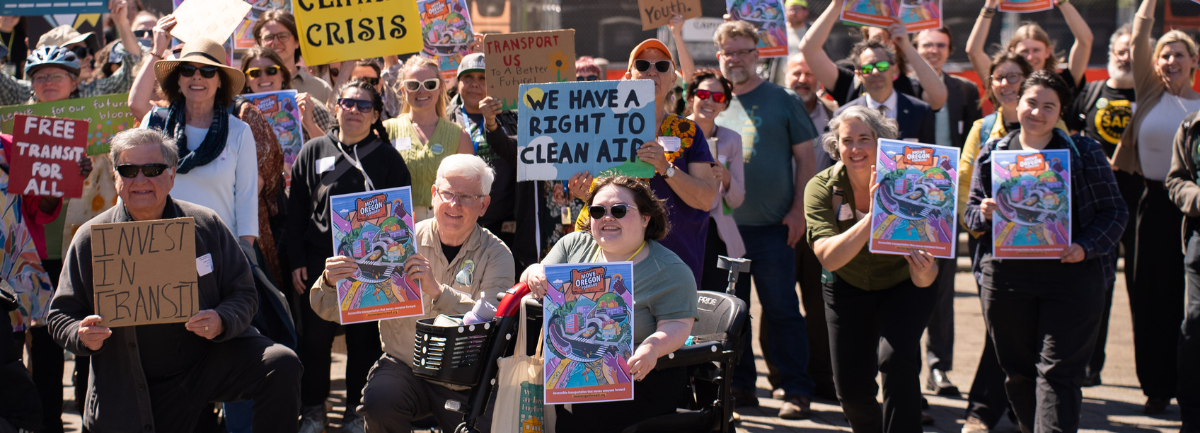Milad Souri graduated from Portland State University in 2021 with a PhD in Civil and Environmental Engineering. While at PSU, he devoted his doctoral research to the Development of a Design Guideline for Pile Foundations Subjected to Liquefaction-Induced Lateral Spreading with advisor Arash Khosravifar. He now works as a Project Engineer at GRI.

